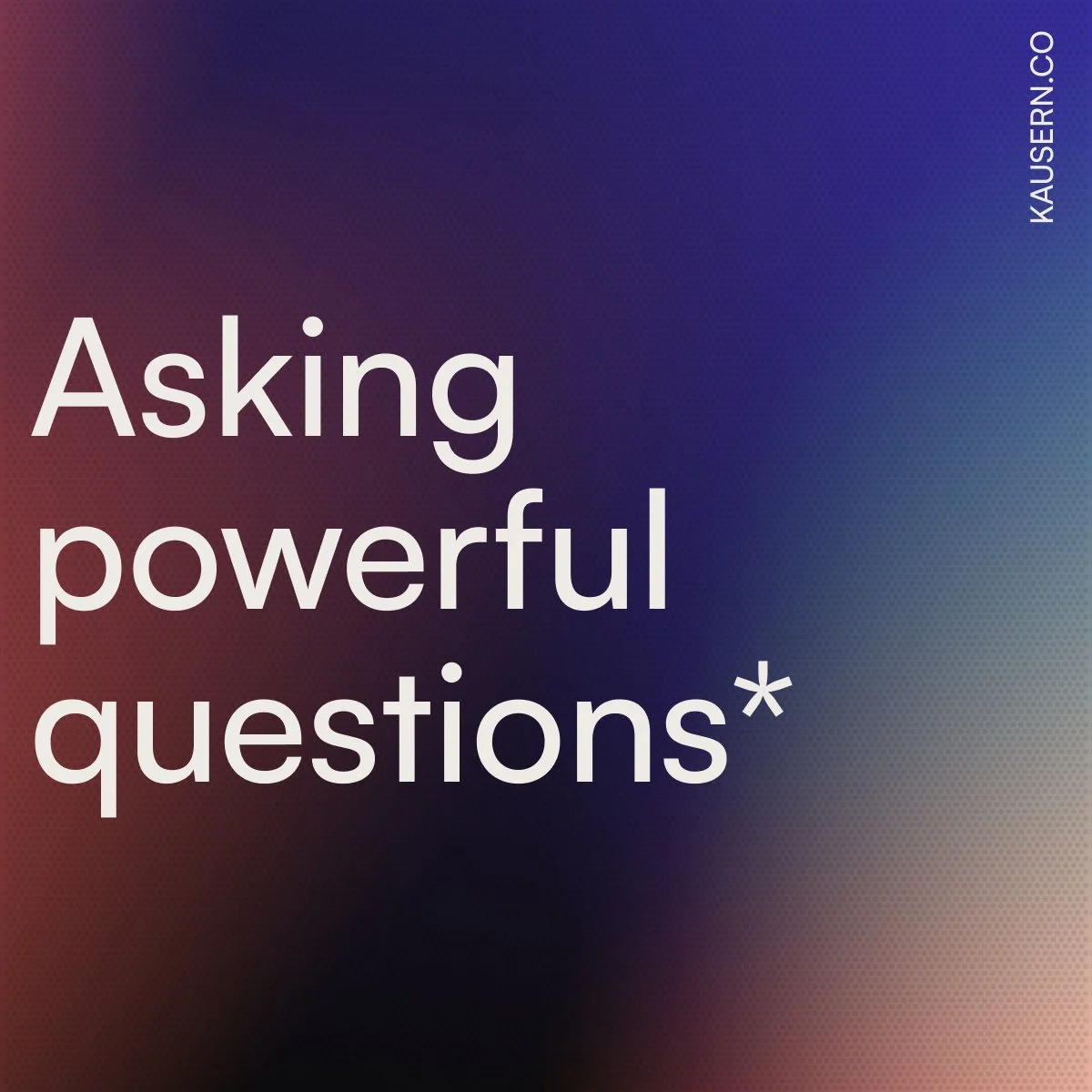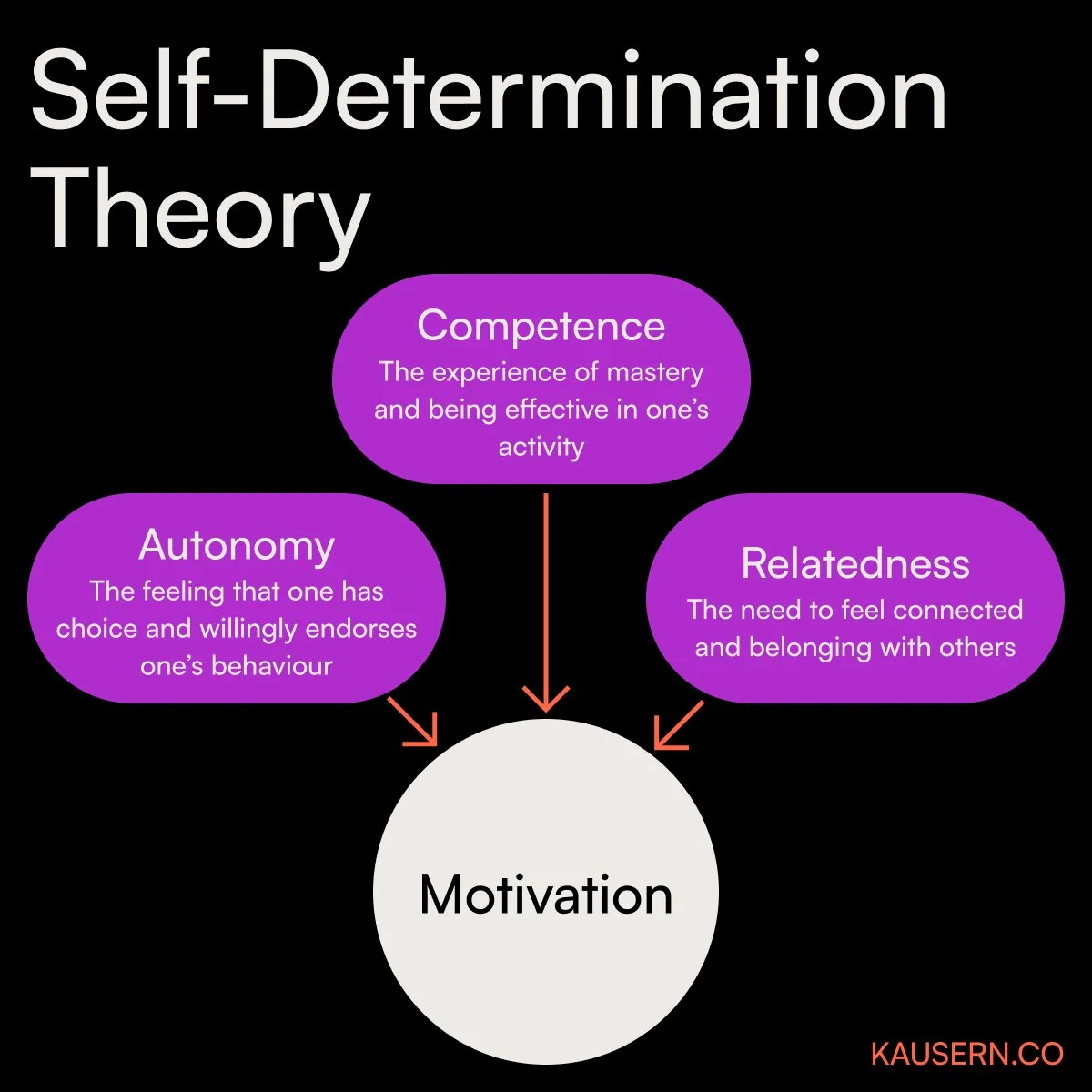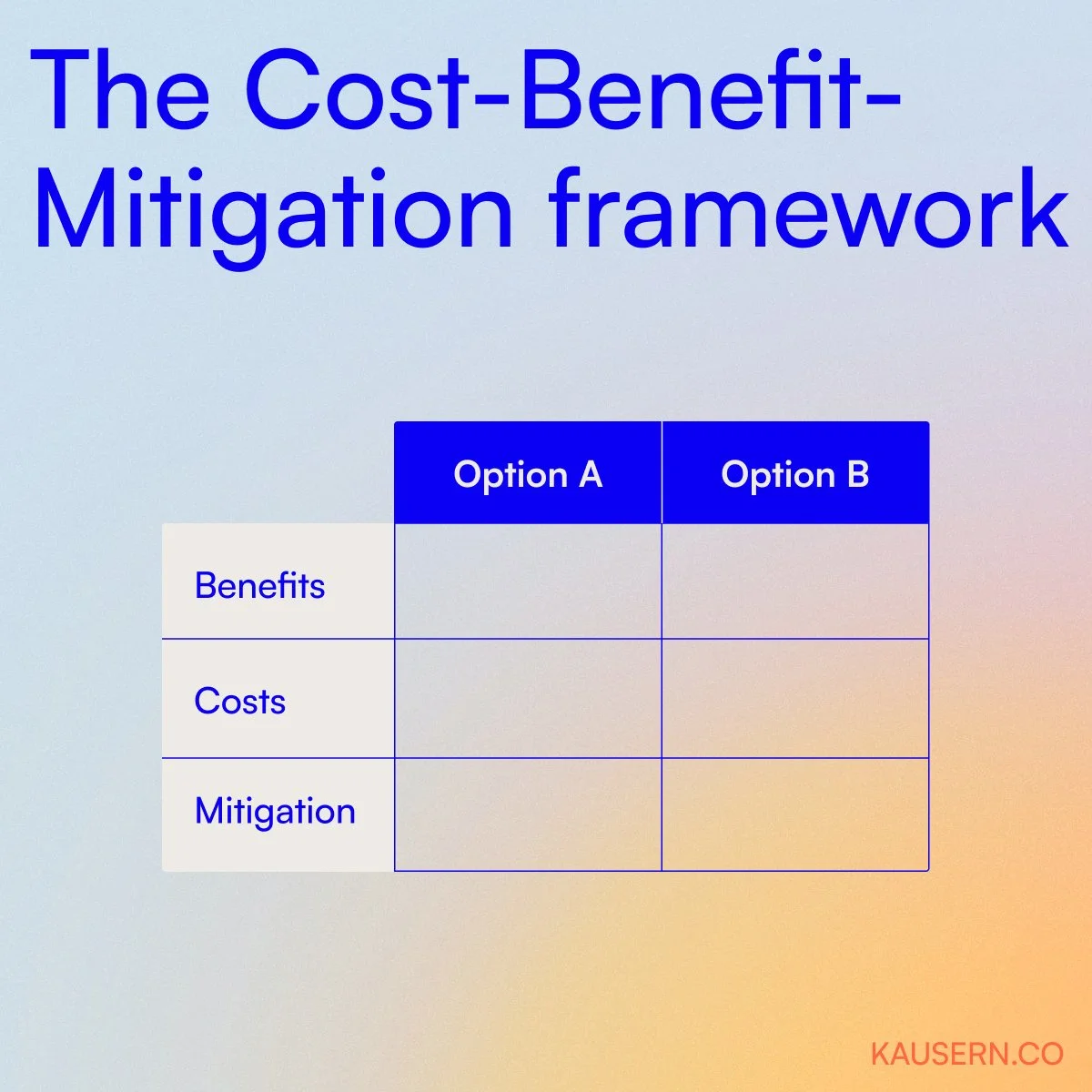Filter by —
Project confidence with the CONFIDE framework
Striking the right balance between self-assuredness and humility can be challenging.
Building executive presence
Leaders with executive presence can command the room. They speak with conviction, confidence, and certainty, and can influence people at all levels.
Mastering the art of anticipation
In a world where customer preferences and expectations shift in the blink of an eye, mastering the art of anticipation can truly set you apart.
Leadership: One size does not fit all
To be a “one size does not fit all” leader, we need to recognise that individuals have distinct personalities, motivations, and aspirations.
4 barriers that prevent us from thinking critically
Critical thinking takes time to master but is an essential skill to help us to cut through the clutter of today's information-rich and rapidly changing world and make higher quality decisions.
The RED model for critical thinking
The RED Model for Critical Thinking is a great framework to guide Gen Z (and other) team members to making high impact and effective decisions.
The power of small actions
As professionals and leaders, acknowledging that our actions can create ripple effects leads to us becoming more intentional and mindful in our decision-making process.
Developing and nurturing high potential leaders
By putting in place this three-step process to spot potential leaders, organisations can continuously cultivate a strong leadership pipeline.
Identifying potential leaders in your organisation
How do we really identify individuals with a potential to lead? Here are some practical strategies.
Defining the effective traits of a leader
Identifying individuals with leadership potential within an organisation is a crucial task for its long-term sustainability.
Having a coaching presence makes a difference
Presence doesn’t just mean being there physically, it also means being fully conscious of the person we are engaging with, creating a safe and supportive environment for exploration, growth and learning.
Asking powerful questions
In my previous post, I talked about what it really means to be a good listener: that is, to listen with intent and for meaning. This week, we’ll cover “How to Ask Powerful Questions”, and how to apply it effectively as a coach-leader.
Listening effectively
When it comes to being an effective coach-leader, an often overlooked but incredibly powerful skill is listening.
The CLEAR Coaching Model
Organisations and individuals are investing in coaching simply because it works. Coaching helps individuals clearly see themselves and the possibilities ahead of them.
The Iceberg Model
The Iceberg Model suggests that the behaviours and actions we usually see in people are just the “tip of the iceberg”, so to speak.
Co-leadership: Are two brains really better than one?
The concept of co-leadership sounds good on paper but is not easy to execute.
The Guilt Trip: How to set healthy boundaries with your boss
Having good personal boundaries makes good professional relationships but it can be a struggle, especially with an emotionally manipulative boss.
Self-Determination Theory
When motivation fails, all that’s left for us to do is get employees to do things. Is there a difference? Well, yes.
The Cost-Benefit-Mitigation framework
The Cost-Benefit-Mitigation framework enables teams to keep moving fast by making calculated decisions when faced with decision-making gridlocks involving two (or more) options.
The 10 principles of Nike
Lessons from a 45-year old internal memo that paved the way for Nike to become a $135B company.




















